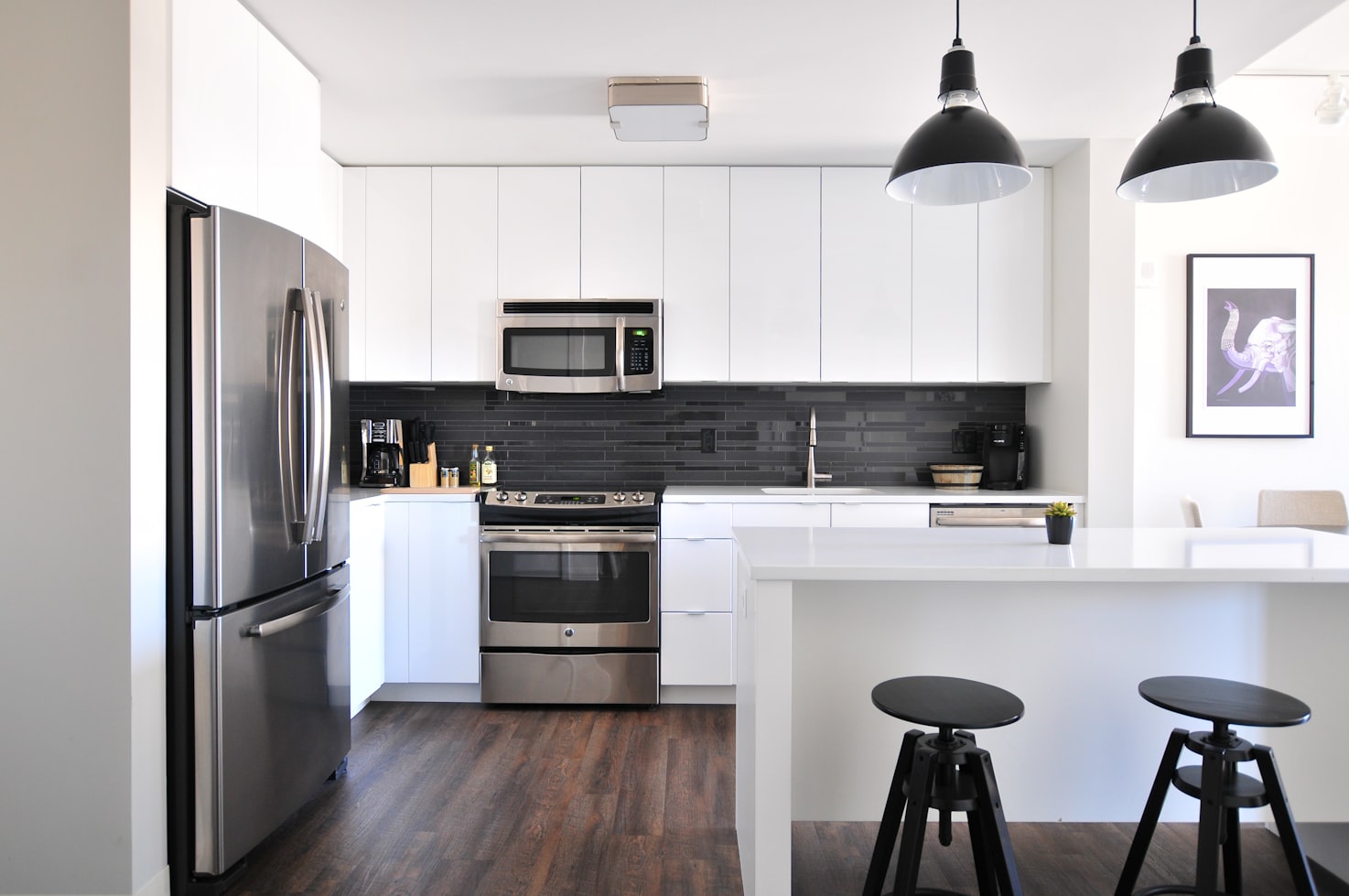Where in the UK will have the best Rental Yields? [Updated 2023]
Which area in the UK has the best rental yields?

If you’re wondering about what UK rental yields for 2023, it should come as no surprise that the North of England looks set to offer the best returns in the country. Three of the country's top postcodes for rental yields can be found in the North: BD1 (Bradford, 10.6%), M14 (Manchester, 10.1%) and NE6 (Newcastle-upon-Tyne, 9.8%). However, the postcode with the best rental yields UK-wide is NG7 (Nottingham) in the Midlands, where buy-to-let investors can expect to enjoy yields of 11.3% or more.
What is a good rental yield in the UK (2023)?
The cost of living crisis has meant that the prices associated with operating as a buy-to-let landlord could increase further in 2023. This will understandably have an impact on rental yields, as everything from increased labour costs to paying higher for building materials to undertake repairs could all put a dent in rental yields up and down the country.

If you’ve been wondering “what is a good rental yield in 2023?”, the true answer is a return that makes a profit that you are happy with. For some, this might be a rental yield of 8%. Others may be happy with 4%. However, you should bear in mind that the best rental yields UK-wide are in the North - so perhaps consider investing in a Northern rental hotspot if your aim is to enjoy the best possible returns.
There are currently many cities in the North with huge student populations that are attracting tech investment, so look out for areas occupied by young professionals that have recently had an influx of business activity.
Is 3% a good rental yield?

The average rental yield in the UK is currency around 4.75%, so a yield of 3% could be considered below average. It's worth considering that the average rental yield has increased at a higher rate than usual during 2022, as rental properties have never been in such high demand. Economic factors and a shortage of new housing have led to increasing numbers of people continuing to rent in the private sector as opposed to purchasing a property outright.
While 3% can be considered below UK averages, it’s worth considering that rental yields vary by area. In the South West of the UK, the average rental yield sits at 3.25% - so if you’re achieving a rental yield of 3% or above for a property in this area, you might consider your returns to be fair and proportionate to your investment.
Where will house prices rise the most in the UK in 2023?

Current trends suggest that the North of the country will witness the highest growth in market value during 2023.
As of April 2023, prices in the North East are rising fastest in the country at 10.0% per annum, while prices in the North West are rising at 7.2% per annum.
Mortgage rates are predicted to return to around 4 or 5% next year, and cost of living issues and a shortage of new homes mean that prices are unlikely to fall during this time.
Busy northern property markets such as the active Leeds rental market remain very solid investments, as well as other cities such as Newcastle, Manchester, Liverpool, Bradford and Sheffield where prices will hold their own comfortably over the next 12 months.



